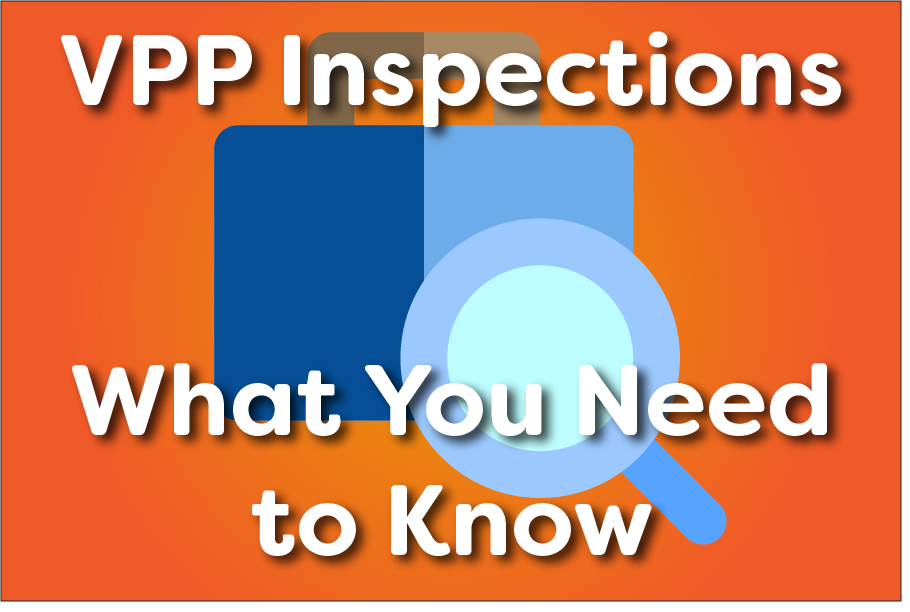There is nothing more intimidating then knowing that, at any moment, an inspector could come knocking at your door, ready to scrutinize and crack down on your facility’s operations. The Verified Pharmacy Program, also known as the VPP, feels nerve-racking for just that reason. The VPP is an essential, widely recognized method to ensuring that a pharmacy is operating in full compliance with state laws and safety standards. Hosted by the National Association of Boards of Pharmacy, or NABP, the program involves a comprehensive inspection that can often appear daunting to pharmacy owners.
While many may feel deterred from tackling this critical inspection, we’ve consulted with industry-leading experts and compiled a list of four steps that will make you better prepared to pass the VPP inspection.
Step One: Understand Any External Requirements
You may feel ready to begin the process, but we encourage you to first note any external requirements that may affect the process. Certain states, such as Texas, have additional requirements that need to be followed before you can begin considering the VPP inspection.
For example, if you intend to ship sterile compounds into the state of Texas, you will need to obtain a Class E-S license and be in full compliance with the TSBP Rule 291.133. Additional information can be found on the Texas State Board of Pharmacy website.
We highly recommend researching your state’s requirements before beginning the VPP inspection process to avoid any costly and legal mistakes.
Step Two: Fully Complete the Application
Although this may seem to go without stating, it’s essential to entirely complete the application. NABP will return any incomplete application they receive for clarification. Pharmacists can lose valuable time due to an incomplete application, as NABP generally takes one to two weeks to review an application, then upwards of eight weeks to schedule an inspection.
A rejected application can waste time and lead to lost potential earnings. Make sure that the application is completely filled out to ensure everything gets processed in a timely fashion. The application can be found here.
Step Three: Prepare for the Inspection
So you’ve completed the application and are now waiting for the NABP inspectors to arrive. But are you ready for that? We highly encourage that you conduct a risk assessment beforehand to prepare for the general pharmacy inspection.
The inspectors can arrive at any time after NABP has received both your application and payment, so a risk assessment should be conducted promptly. The most effective assessment, whether conducted internally or with outside consultants, would include a comprehensive review of your quality improvement program as well as compounding operations. Don’t wait to be surprised by inspectors; you’ll want to make sure your facility is clicking on all cylinders by the time they arrive.
Step Four: Fill out Your Response Documentation.
Once the inspection is over, you can breathe a sigh of relief, right? Not quite. After the final inspection report has been issued, NABP only allows you 30 days to submit your responses to missing items and remediation steps. Don’t expect to get any extensions, either.
When you provide NABP with your response documents, remember to make sure that they are clear, concise and include future remediation compliance steps you will take. Incomplete response documents will result in your pharmacy not receiving the VPP certification.
The VPP inspection is a critical step toward demonstrating compliance with USP general chapters <795> and <797>. While the inspection may seem daunting at first, following the steps listed above may just take the fear out of process, leaving you with time to enjoy the milestone achievement that comes with passing the program.
Gates Healthcare Associates – Because Compounding Doesn’t Have to be Complicated

